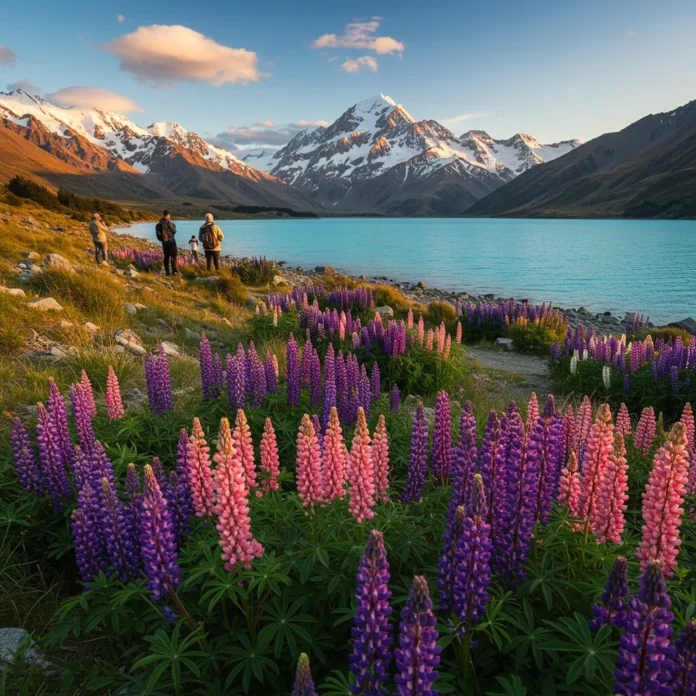Introduction to the Mt Cook via Tekapo: Christchurch Small Group Day Tour
A day tour from Christchurch to Mt Cook via Lake Tekapo offers an unforgettable journey through New Zealand’s dramatic Southern Alps. With a small group, travelers enjoy personalized attention, seamless logistics, and the camaraderie of fellow explorers. This adventure blends turquoise lakes, alpine vistas, and world-class photo opportunities, all within a single, expertly guided day.
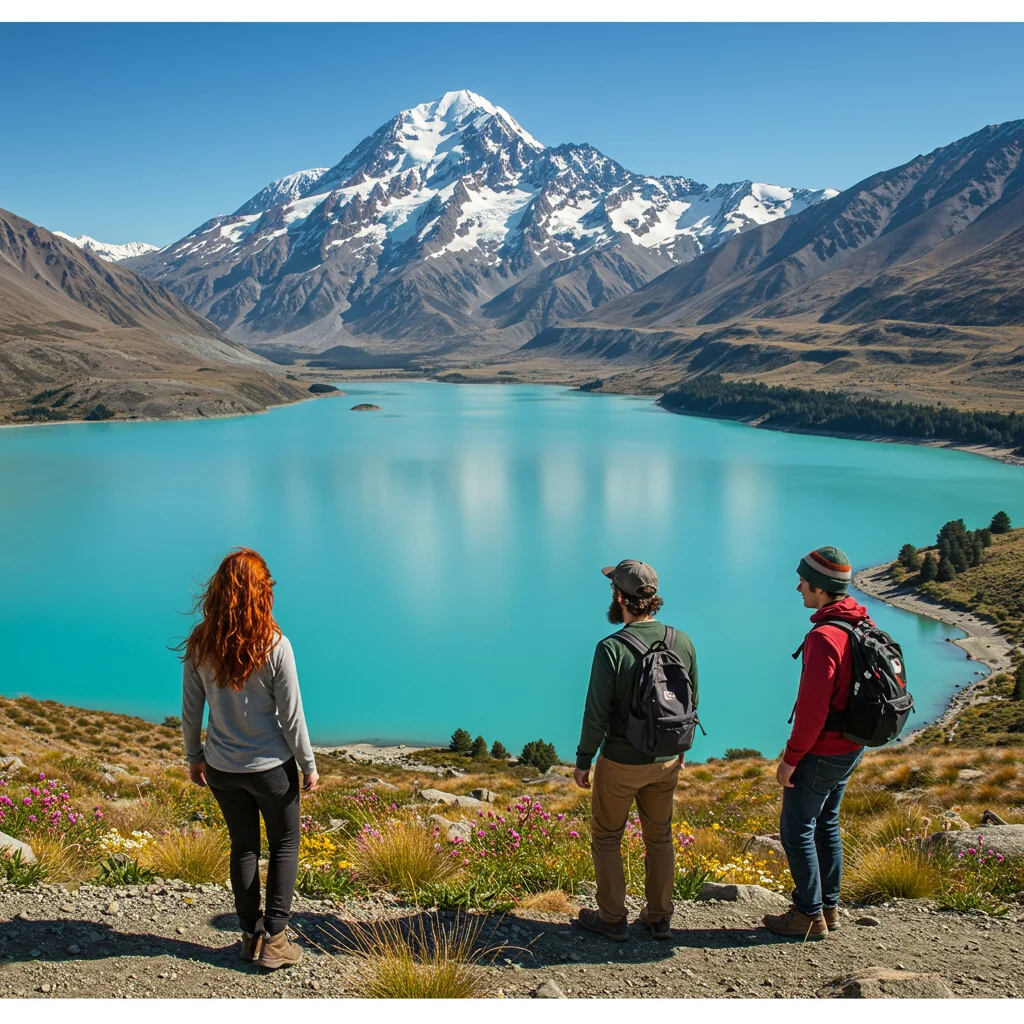
We will guide you through what to expect, how to prepare, and why this route stands out as one of the most scenic day trips in the country.
Why Choose a Small Group Day Tour from Christchurch?
Opting for a small group tour enhances your experience in several ways. Smaller groups allow for more flexibility, easier access to local insights, and a relaxed, friendly atmosphere. You can ask questions, get to know your fellow travelers, and enjoy a less hurried pace at each stop.

These tours are designed to maximize comfort and ensure that each guest feels valued. The guides are often locals who share a genuine passion for the region, providing stories and tips that larger tours might overlook. For those who appreciate attentive service and the chance to connect with others, this format is ideal.
What Makes Mt Cook and Tekapo Must-Visit Destinations?
Lake Tekapo stuns with its luminous blue waters, framed by golden tussock and snow-capped peaks. The air feels crisp, carrying the scent of pine and alpine herbs. By contrast, Aoraki/Mt Cook—New Zealand’s highest mountain—towers above ancient glaciers, offering a sense of awe that words can scarcely convey.
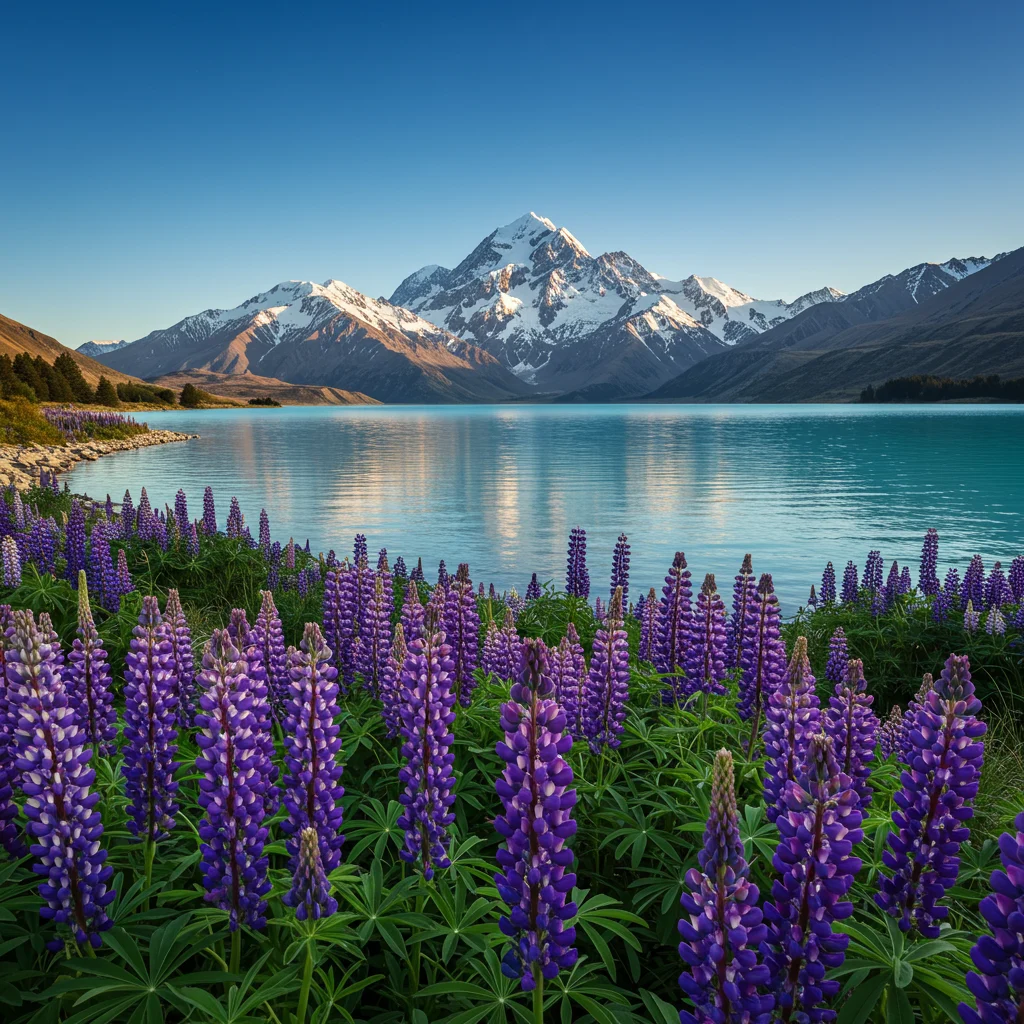
Both destinations offer iconic landmarks, unique geological features, and a deep connection to Māori legends. Traveling between them, you witness a landscape in constant transformation, shaped by wind, water, and ice.
Overview of the Tour Itinerary
The day tour typically departs early from Christchurch, heading southwest across the Canterbury Plains. After a refreshing stop at Lake Tekapo, the group continues past the shimmering expanse of Lake Pukaki before reaching Mt Cook Village. Guests have time to explore short walks, savor a meal, and soak in the alpine atmosphere before returning to Christchurch in the evening.
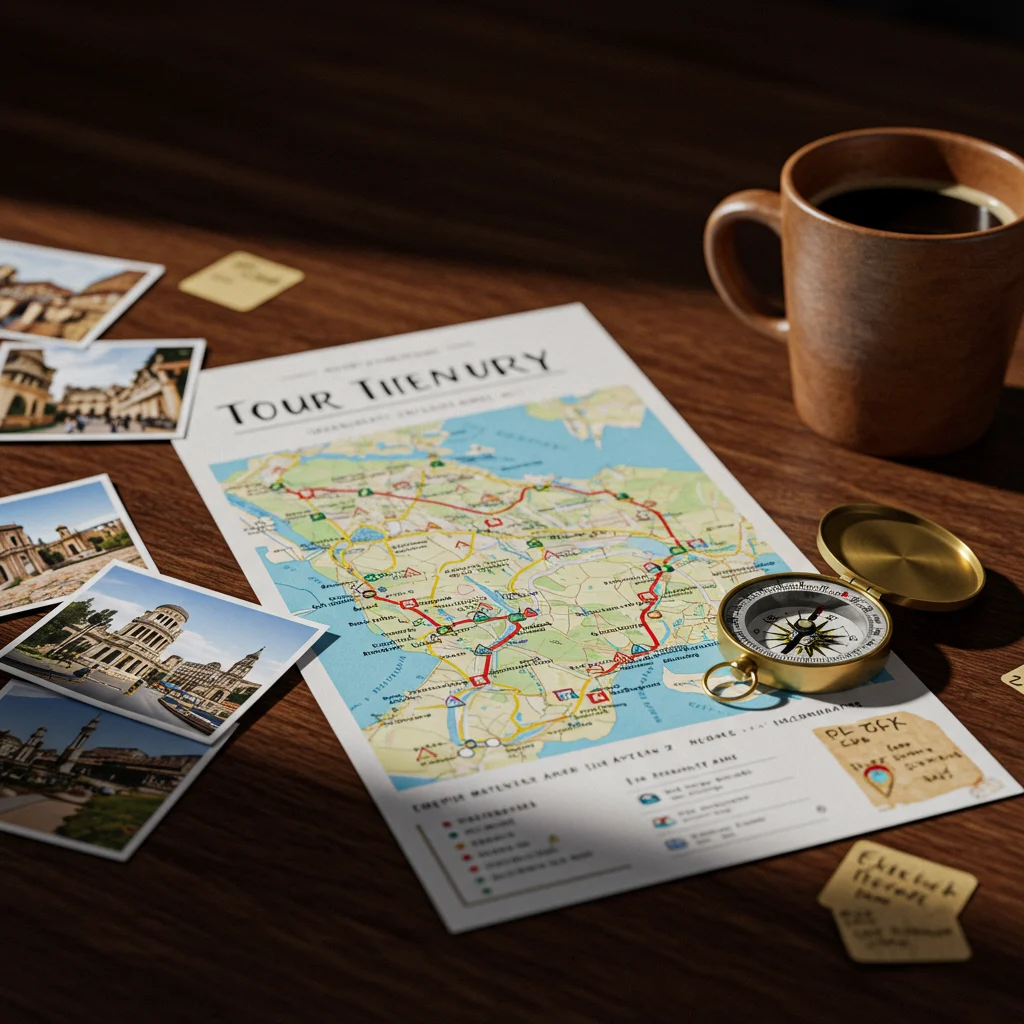
Each stop is carefully chosen to balance sightseeing, comfort, and opportunities for memorable photos. The pace is brisk enough to cover ground, yet relaxed enough to appreciate each highlight.
How to Book Your Mt Cook via Tekapo Day Tour
Reserving your spot on this sought-after tour is straightforward. Many travelers choose to find tours through trusted platforms like Viator, which provide verified reviews, instant confirmation, and secure payment options.

Booking in advance is recommended, especially during peak seasons when demand is high. Most providers offer flexible cancellation policies, giving you peace of mind should your plans change.
Departure: Starting Your Journey from Christchurch
Your adventure begins with a morning pickup from central Christchurch locations. The city’s early light glistens on historic buildings as you board a comfortable minibus, greet your guide, and meet fellow travelers. The anticipation is palpable as the group sets off across the patchwork fields of the Canterbury Plains, leaving the city’s bustle behind.
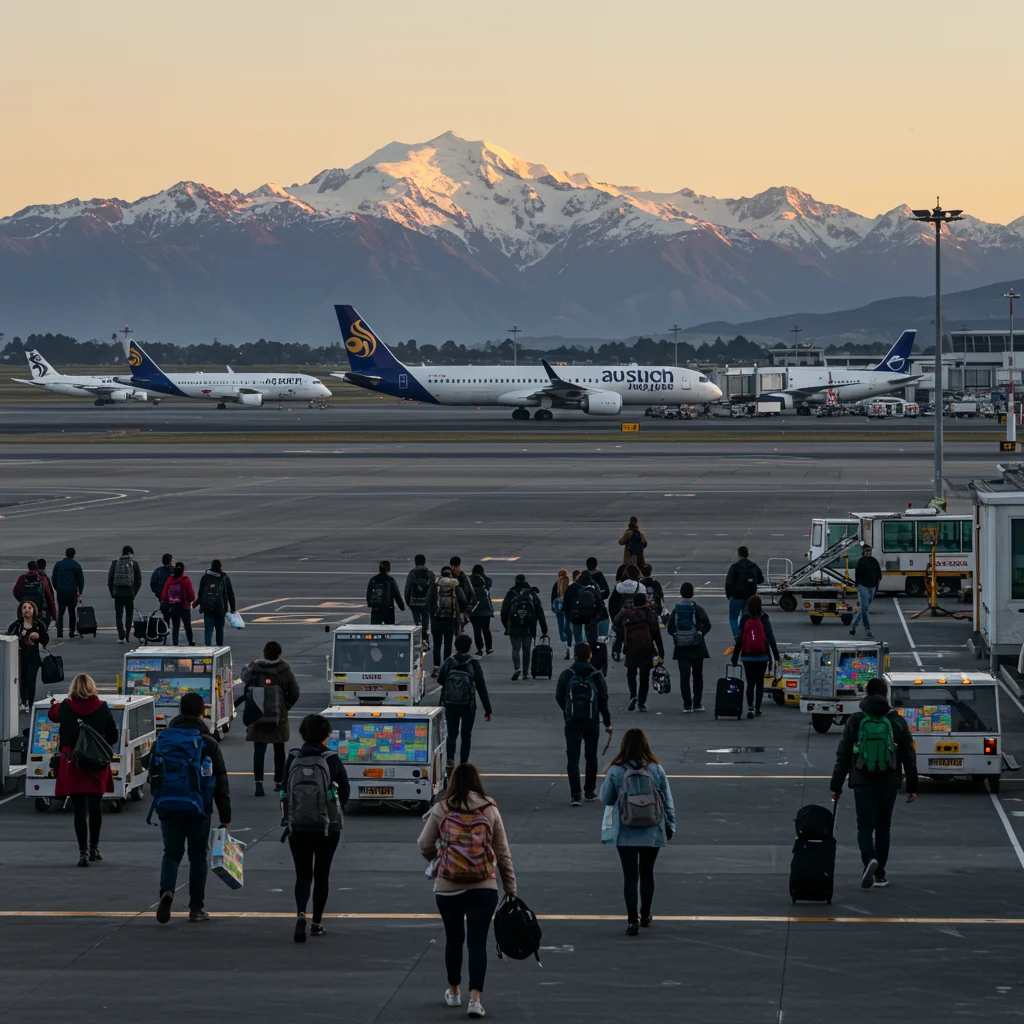
What to Expect on the Road from Christchurch to Tekapo?
The drive from Christchurch to Tekapo traverses a landscape that shifts from fertile farmland to rugged foothills. Rolling pastures dotted with sheep, rustic barns, and distant mountain silhouettes set the scene. Along the way, your guide shares fascinating commentary about local history, agriculture, and the unique ecology of the region.
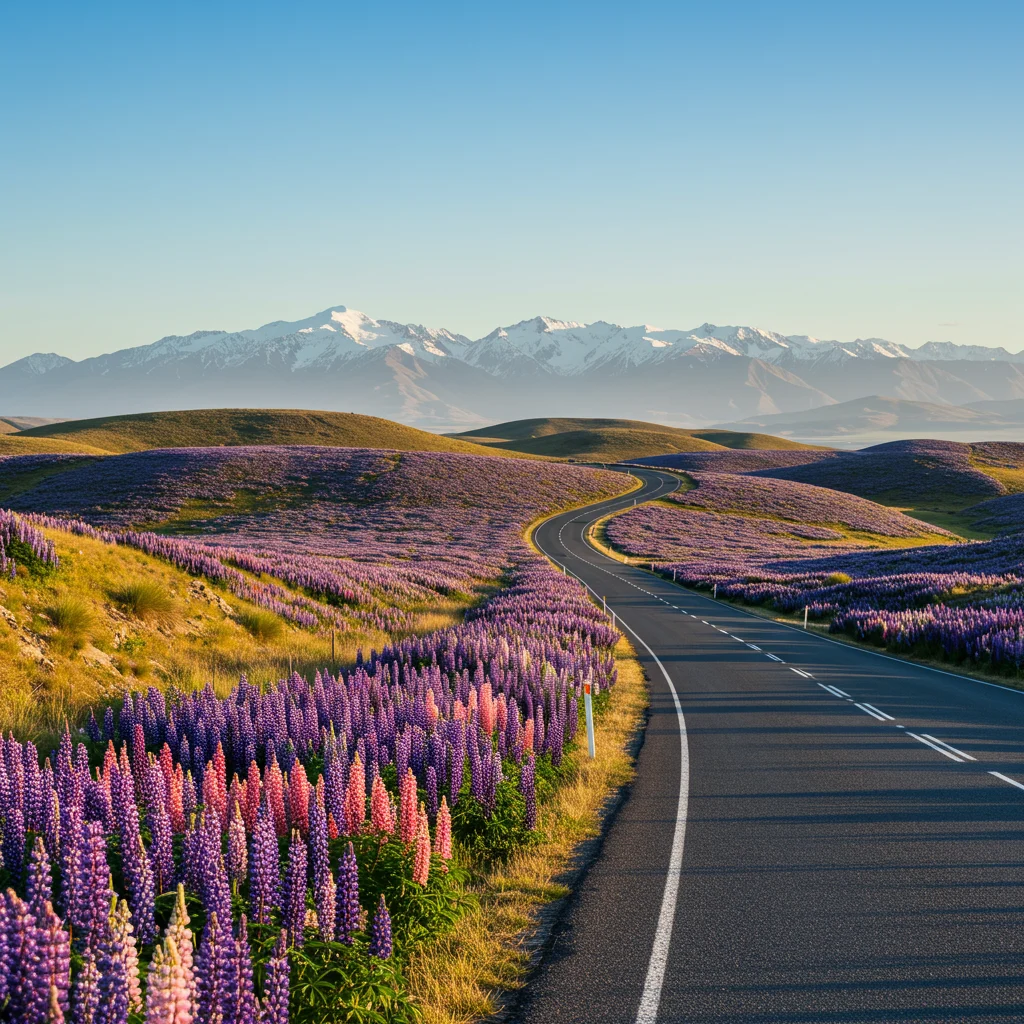
Breaks for coffee and restrooms are included, ensuring comfort on the journey. Keep your camera ready—the views only improve with each kilometer.
Scenic Stops Along the Way
Several scenic stops punctuate the drive, offering chances to stretch your legs and savor the fresh mountain air. These may include charming country towns, roadside viewpoints, or brief walks to hidden lookouts. Each stop is an opportunity to capture the changing light and textures of the landscape, from golden grasslands to the first hints of turquoise water on the horizon.
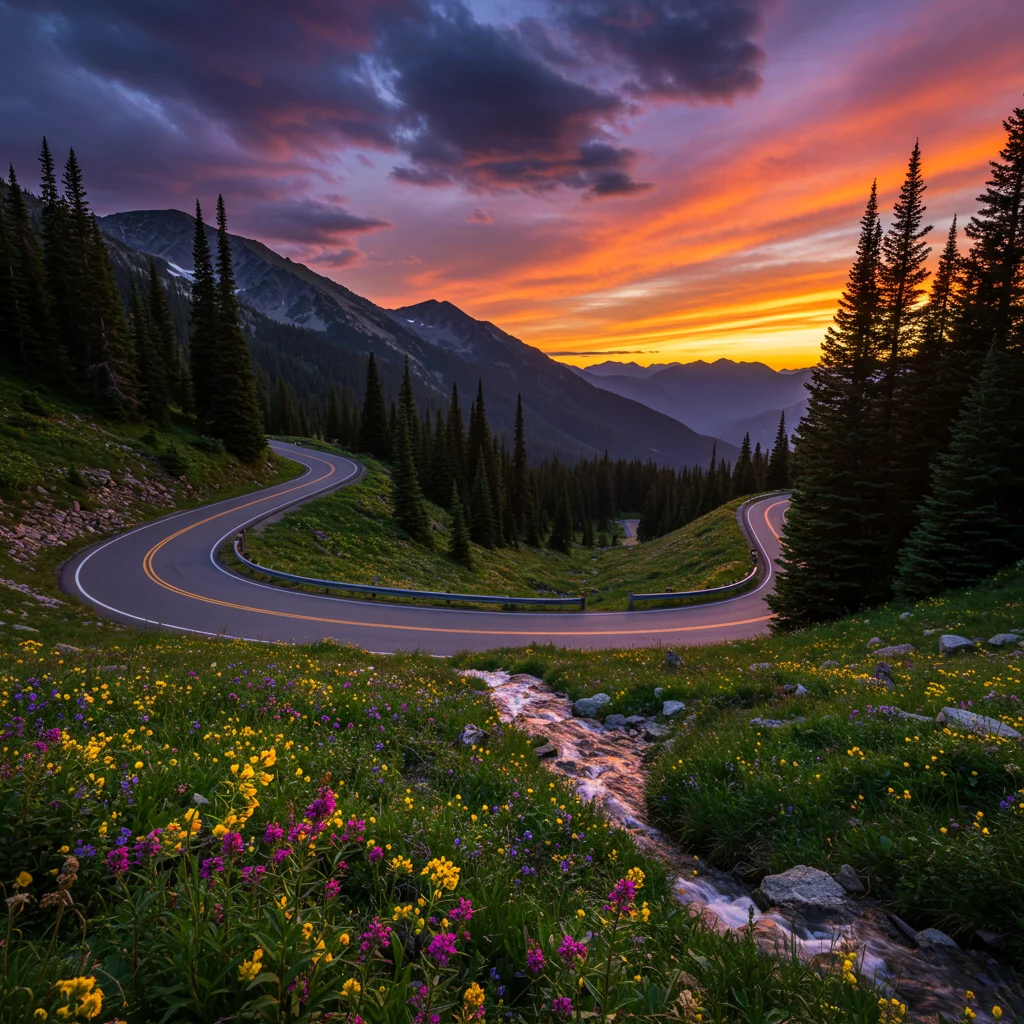
Exploring Lake Tekapo
Arriving at Lake Tekapo, travelers are greeted by water so vividly blue it appears almost surreal. The lake’s color comes from fine glacial sediments suspended in the water, reflecting the sky and mountains in mesmerizing shades. The air feels cool and invigorating, carrying hints of wildflowers and pine.
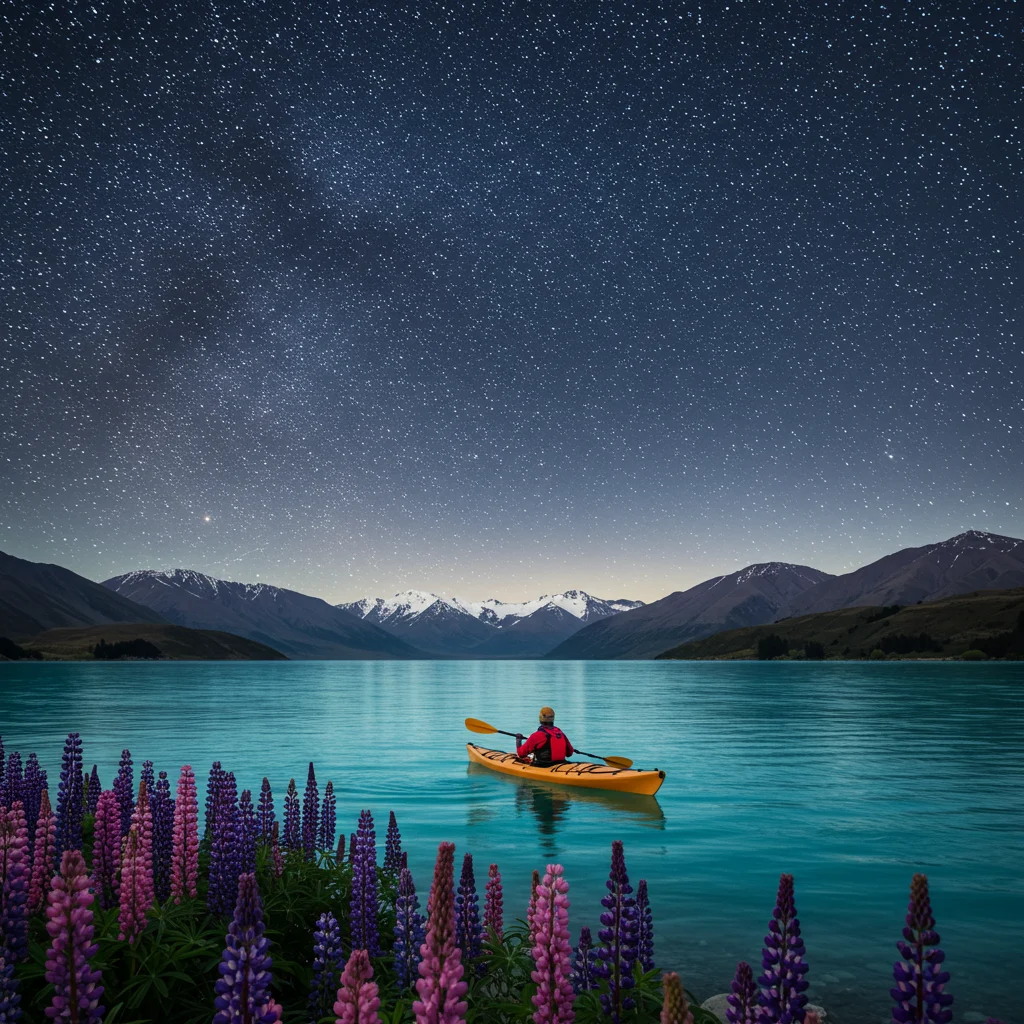
This is a perfect moment to pause, breathe deeply, and appreciate the tranquility that makes Tekapo such a beloved destination.
What Is the Church of the Good Shepherd?
Perched on the lakeshore, the Church of the Good Shepherd is a stone chapel that has become one of New Zealand’s most photographed landmarks. Built in 1935, it was designed to honor the region’s pioneering settlers and offers a peaceful space for reflection.
The church’s simple architecture frames the Southern Alps through its altar window, creating a striking contrast between human craftsmanship and natural grandeur.
Best Photo Spots at Lake Tekapo
Photographers flock to Lake Tekapo for its dramatic compositions. The most popular spots include the rocky shoreline near the Church of the Good Shepherd, the footbridge over the Tekapo River, and the fields of lupines that bloom in late spring.
Early morning and late afternoon provide the softest light, while clear nights can reveal the Milky Way arching above the lake.
Tekapo Springs: Should You Make a Quick Stop?
<Tekapo Springs offers hot pools, saunas, and spa treatments with panoramic lake views. If time allows, a brief stop here can be a refreshing way to unwind. The pools are family-friendly, and the complex also offers ice skating and tubing in winter.
For those interested in wellness experiences, Tekapo Springs is a highlight worth considering during your itinerary.
Where to Find the Best Coffee and Snacks in Tekapo?
Several local cafes serve excellent espresso, pastries, and light meals. Look for establishments with lake-facing patios, where you can sip your drink while admiring the view. The scent of freshly baked bread and roasted coffee beans drifts through the air, adding to the sensory delight.
Whether you crave a hearty breakfast or a quick snack, Tekapo’s eateries offer warmth and hospitality.
Traveling from Tekapo to Mt Cook Village
Departing Tekapo, the road hugs the edge of Lake Pukaki, revealing new vistas at every turn. The landscape becomes more rugged, with snow-capped peaks drawing ever closer. The color of Lake Pukaki—a brilliant, milky turquoise—creates a vivid contrast with the brown and gold of the surrounding hills.
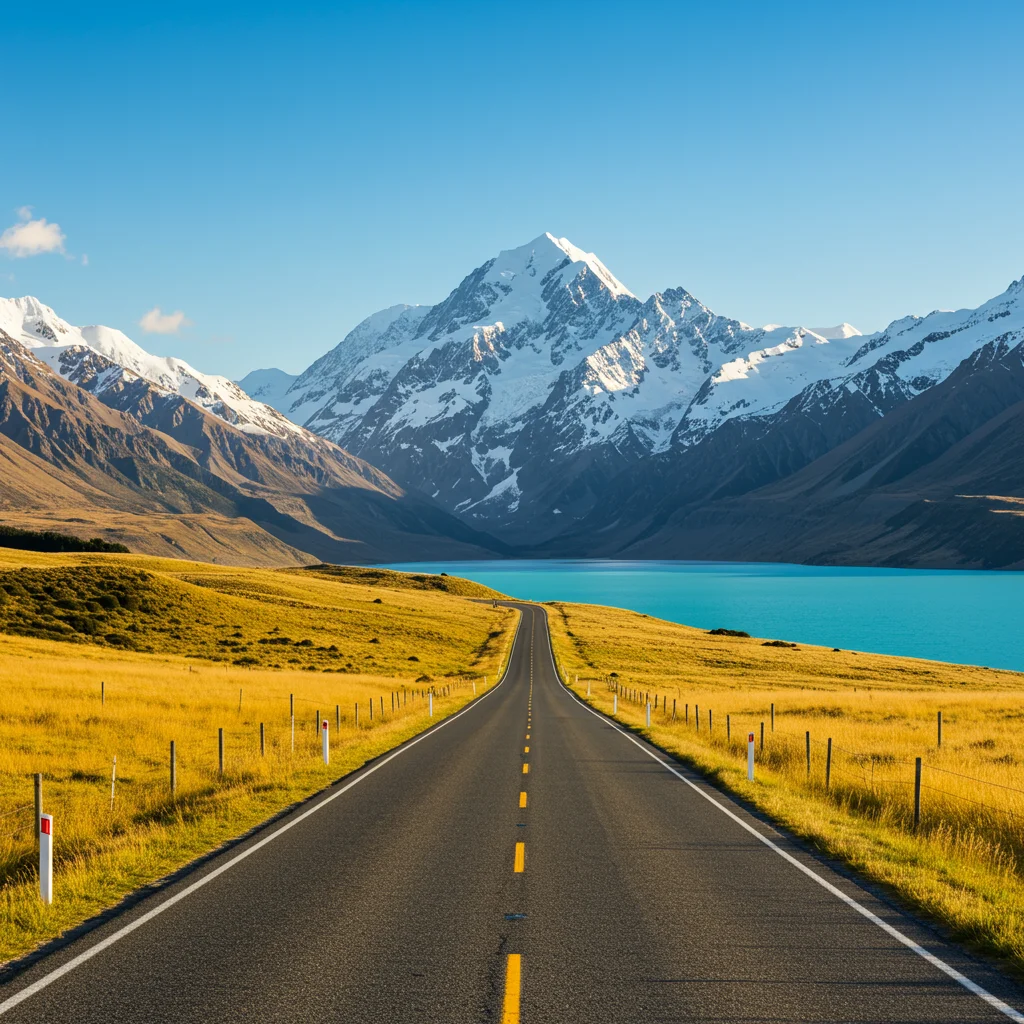
This stretch of the journey is a visual feast, with each bend in the road revealing another postcard-worthy scene.
The Stunning Scenery of Lake Pukaki
Lake Pukaki is renowned for its clarity and extraordinary blue hue, which comes from glacial flour suspended in the water. On clear days, the reflection of Aoraki/Mt Cook creates a mirror-like effect that captivates travelers.
Stopping at designated viewpoints, you can feel the crisp wind on your face and hear the distant call of native birds, all while gazing at a landscape that feels almost otherworldly.
What Wildlife Might You Spot En Route?
The region is home to a variety of wildlife, from the nimble New Zealand falcon to herds of grazing red deer. Keep an eye out for the playful paradise shelduck or the rare black stilt along riverbanks.
As we highlighted in our post about sunset wildlife adventure tips in Moraine and Lake Louise, patience and quiet observation can increase your chances of spotting shy or elusive creatures.
Arriving at Aoraki/Mt Cook National Park
When you arrive at Mt Cook Village, you are surrounded by snow-draped peaks and ancient glaciers. The air is brisk and pure, carrying the scent of alpine herbs and stone. The village itself is small but welcoming, offering a base for exploration and reflection.
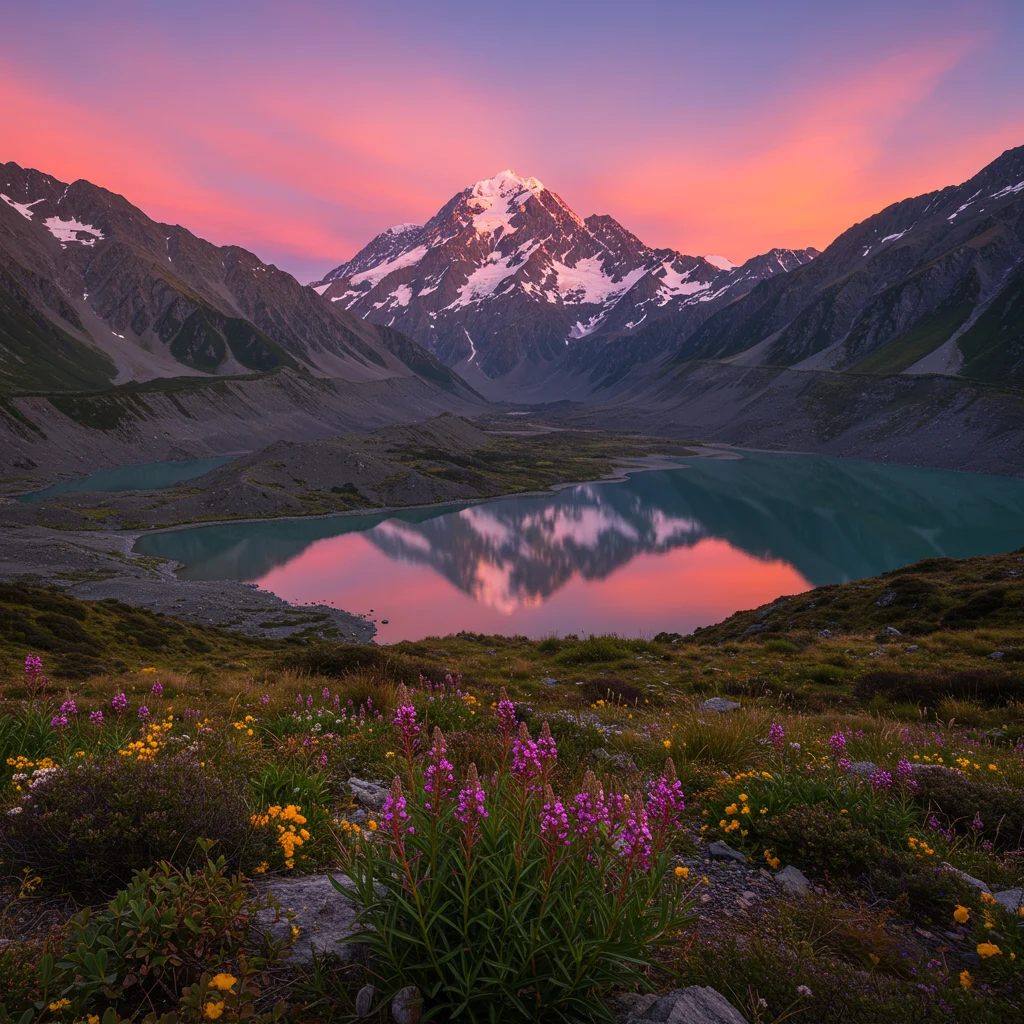
This is the heart of New Zealand’s mountains, where the scale of nature inspires both humility and wonder.
History and Significance of Aoraki/Mt Cook
Aoraki/Mt Cook holds deep cultural significance for the Ngāi Tahu people, who regard the mountain as an ancestor. European climbers have also been drawn here for generations, seeking to test their skills against its challenging slopes.
The park is a UNESCO World Heritage site, recognized for its unique geology, rare flora and fauna, and the stories that echo through its valleys.
What Are the Top Sights in Mt Cook Village?
Key sights include the Sir Edmund Hillary Alpine Centre, which celebrates the achievements of New Zealand’s most famous mountaineer, and the Hermitage Hotel, known for its sweeping views.
Short walks from the village lead to viewpoints, alpine gardens, and information panels that deepen your understanding of the region’s natural history.
Short Walks and Hiking Trails for Day Tour Visitors
Even with limited time, there are several walks suitable for day visitors.
The Hooker Valley Track: Is It Doable on a Day Tour?
The Hooker Valley Track is a relatively easy, well-maintained trail that winds past swing bridges, rushing streams, and alpine meadows. While the full return walk takes about three hours, many tours allow enough time to reach the first or second bridge, providing breathtaking views of Mt Cook and the Hooker Glacier.
Tasman Glacier Viewpoints: What Can You See?
A short drive from the village leads to the Tasman Glacier viewpoints. From here, you can gaze across the sprawling glacier and its milky blue terminal lake. On a clear day, the shimmering ice and rugged moraine fields create an unforgettable panorama.
Alpine Memorial and Heritage Sites
Near the village, the Alpine Memorial honors those who have lost their lives in the mountains. Heritage sites and interpretive trails provide context about early explorers, glacial movement, and the changing climate.
As experts often say:
“Mountains teach that not everything in life is under our control, but the journey itself is always worthwhile.”
Lunch Options at Mt Cook Village
After a morning of discovery, you will appreciate the chance to refuel. Mt Cook Village offers several options for dining, ranging from casual cafes to more formal restaurants, each with its own charm and mountain views.

Where to Eat: Cafes and Restaurants
Popular spots include the Old Mountaineers’ Café, known for hearty soups and homemade pies, and the Hermitage’s Panorama Room, which offers upscale fare with sweeping alpine vistas. Many venues feature local ingredients, such as lamb, salmon, and garden-fresh vegetables.
Can You Bring Your Own Food?
Bringing your own picnic is allowed, and there are plenty of scenic spots to enjoy a meal outdoors. Picnic tables and grassy clearings near the visitor center are ideal for a relaxed lunch with a view of the mountains.
Dietary Considerations for the Tour
Most tour operators accommodate common dietary requirements if notified in advance. Vegan, vegetarian, gluten-free, and allergy-friendly meals can usually be arranged, though options may be more limited in remote locations.
Optional Add-Ons and Activities at Mt Cook
For those seeking a deeper experience, several optional activities are available at Mt Cook. These can be arranged in advance or, depending on availability, upon arrival.
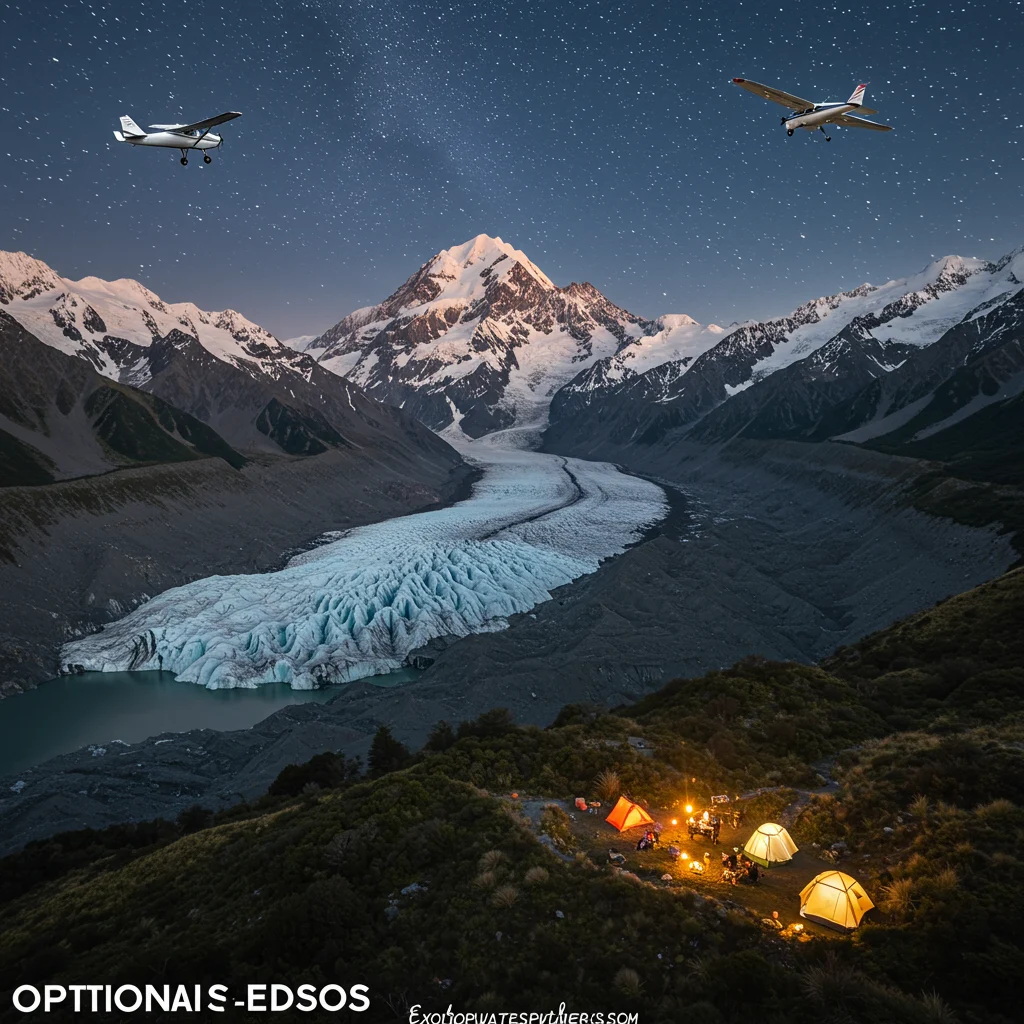
Scenic Flights: Are They Worth It?
Scenic flights offer a bird’s-eye view of the Southern Alps, glaciers, and remote valleys. The thrill of soaring above snowfields and jagged peaks is unforgettable, with windows framing vistas that few ever witness.
While these flights are an additional cost, many travelers find them to be the highlight of their trip.
Glacier Explorations and Boat Tours
Guided boat tours on the Tasman Glacier Lake allow you to approach icebergs and learn about glaciology from expert guides. For the more adventurous, heli-hiking excursions provide access to untouched snowfields and crevasses.
These experiences offer a close-up look at the forces that have shaped the region over millennia.
Stargazing Opportunities in Mt Cook Region
The Aoraki Mackenzie International Dark Sky Reserve is one of the best places in the world for stargazing. On clear nights, the sky dazzles with stars, planets, and the occasional shooting star.
Guided astronomy tours are available, using powerful telescopes and expert narration to reveal the secrets of the southern sky.
What to Pack for the Day Tour
Preparation is key to enjoying your adventure. With rapidly changing weather and varied activities, packing the right gear makes all the difference.
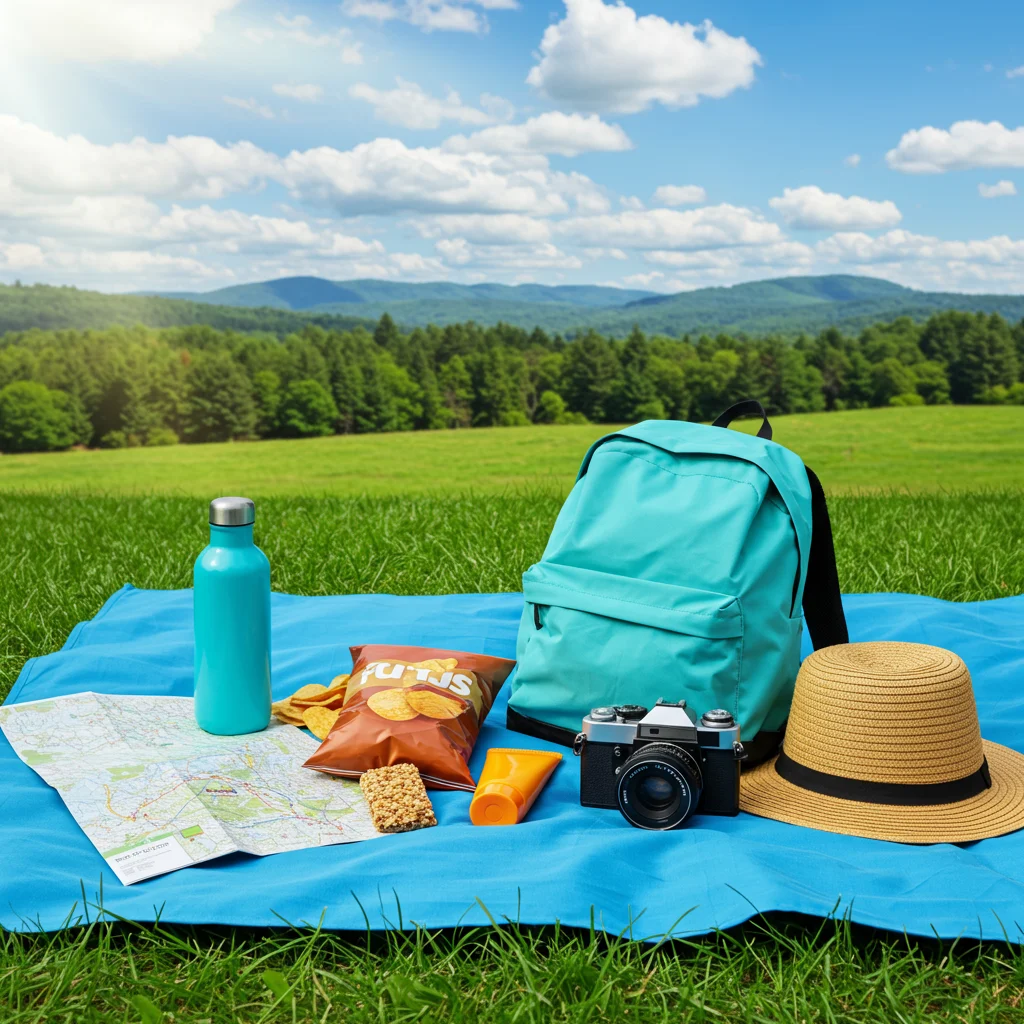
Recommended Clothing and Footwear
Wear comfortable layers to adjust for temperature shifts, including a waterproof jacket and warm hat. Sturdy walking shoes or hiking boots are recommended for short trails and uneven terrain.
Essential Gear: Cameras, Sunscreen, and More
Bring a camera or smartphone with extra batteries, as the scenery is truly photogenic. Sunscreen, sunglasses, and a refillable water bottle are also essential. A small backpack keeps your hands free and belongings organized.
If you are interested in different climates and packing essentials, our post on Big Island volcanoes and waterfalls offers additional insights for diverse environments.
Weather Considerations: What Should You Prepare For?
Alpine weather is notoriously changeable. Even on sunny days, wind and rain can arrive suddenly. Check the forecast, but be prepared for cool temperatures and bring extra layers for comfort.
A lightweight rain poncho or compact umbrella can be a lifesaver during unexpected showers.
Safety Tips for Your Mt Cook via Tekapo Day Trip
Safety is a top priority for reputable tour operators. Vehicles are regularly maintained, and drivers are trained for alpine conditions. Your guide will provide safety briefings and answer any questions you may have.
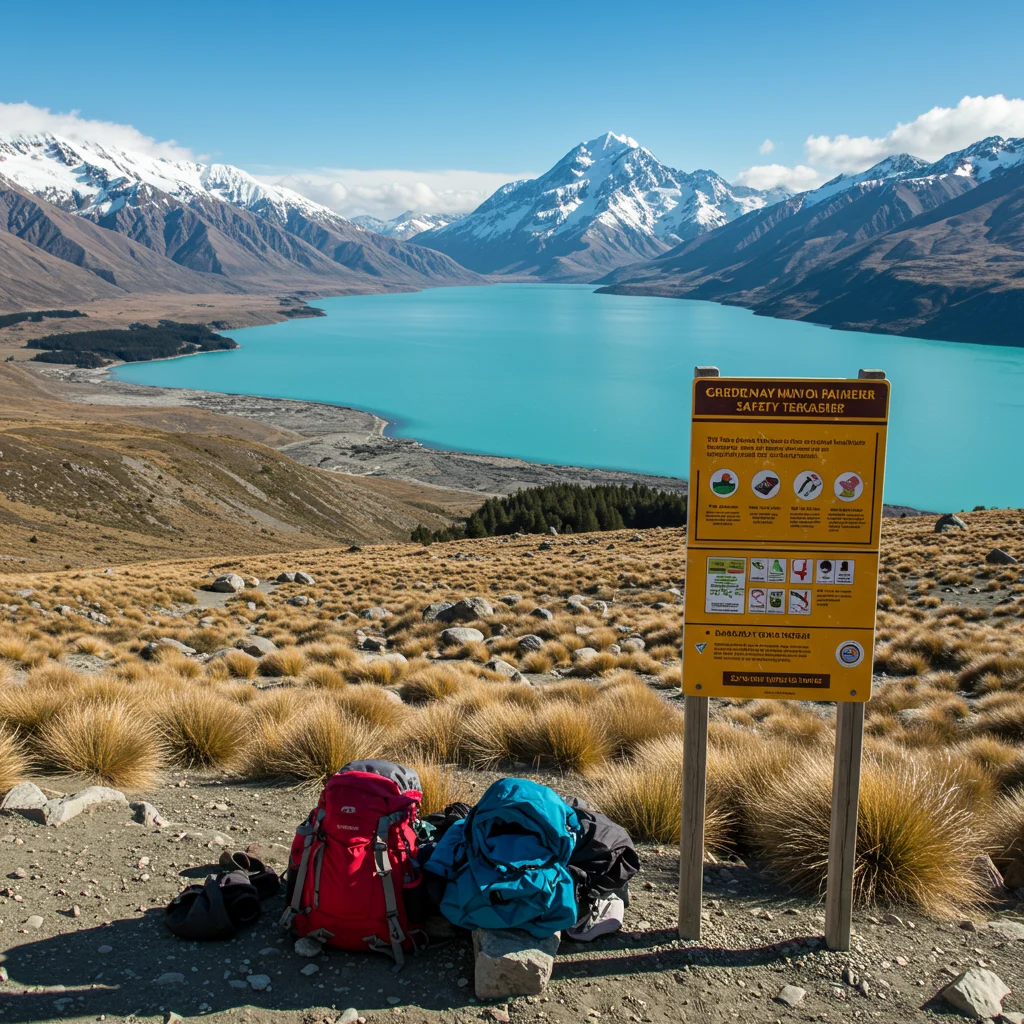
How Does the Tour Ensure Passenger Safety?
Each tour includes scheduled stops for rest and refreshments, keeping everyone alert and comfortable. Emergency supplies and first aid kits are carried on board, and communication devices are used to stay in touch with base operations.
Medical and Emergency Information
If you have medical concerns or require medication, inform your guide before departure. Cell reception can be limited in remote areas, but guides know the locations of nearest medical facilities and have protocols in place for emergencies.
Accessibility: Is the Tour Suitable for Everyone?
Most small group tours are designed to accommodate a range of fitness levels and mobility needs. Accessible vehicles and modified itineraries may be available upon request. It is advisable to check with your provider in advance to discuss any specific requirements.
Group Size and Social Experience
Small group tours typically range from 6 to 16 participants, fostering a friendly, sociable environment. This allows for more meaningful interactions and the chance to make new friends along the way.
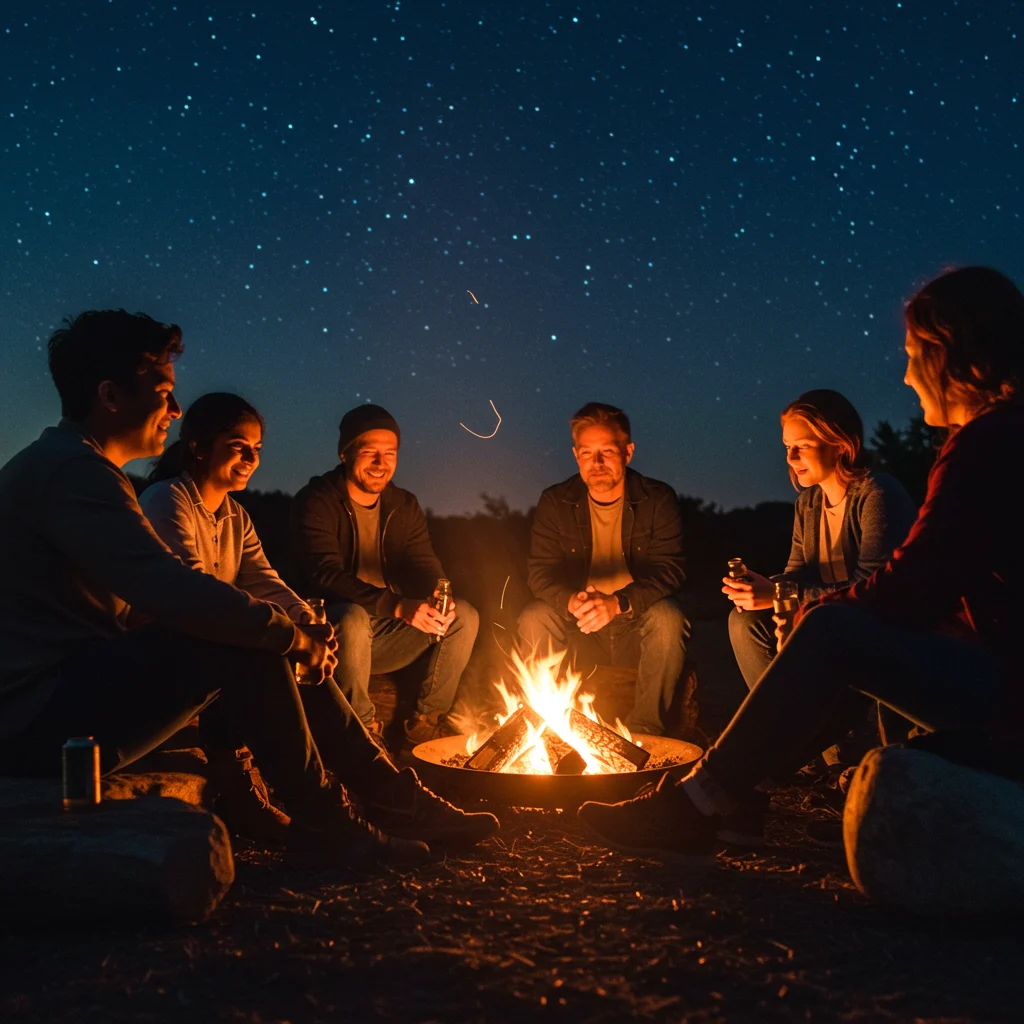
What Is the Typical Group Size?
The average group size strikes a balance between intimacy and shared adventure. You are never lost in a crowd, yet there are enough fellow travelers to inspire lively conversation and shared laughter.
Benefits of Small Group Travel
Advantages include quicker boarding, more personalized attention, and the flexibility to adjust stops based on group interests. Guides can tailor commentary and recommendations, making each tour unique.
If you are curious about small group travel in other iconic destinations, our review of the Seattle to Mt. Rainier National Park tour shares additional perspectives on this rewarding travel style.
Meet Your Tour Guide: Local Expertise Matters
A knowledgeable guide transforms a good tour into a great one. Their familiarity with the terrain, history, and local legends adds depth and color to every stop.

What Can You Learn from Your Guide?
Expect to hear stories about early mountaineers, Māori legends, and the challenges of living in remote alpine communities. Guides are happy to answer questions, offer photography tips, and share recommendations for future adventures.
How Guides Enhance Your Experience
Great guides know the best viewpoints, hidden gems, and timing for each location. They create a welcoming, inclusive atmosphere and often go above and beyond to accommodate special requests or interests.
Photography Tips for Capturing Mt Cook and Tekapo
With ever-changing light and dramatic scenery, the journey from Christchurch to Mt Cook and Tekapo is a photographer’s dream. Planning your shots in advance will help you make the most of every opportunity.
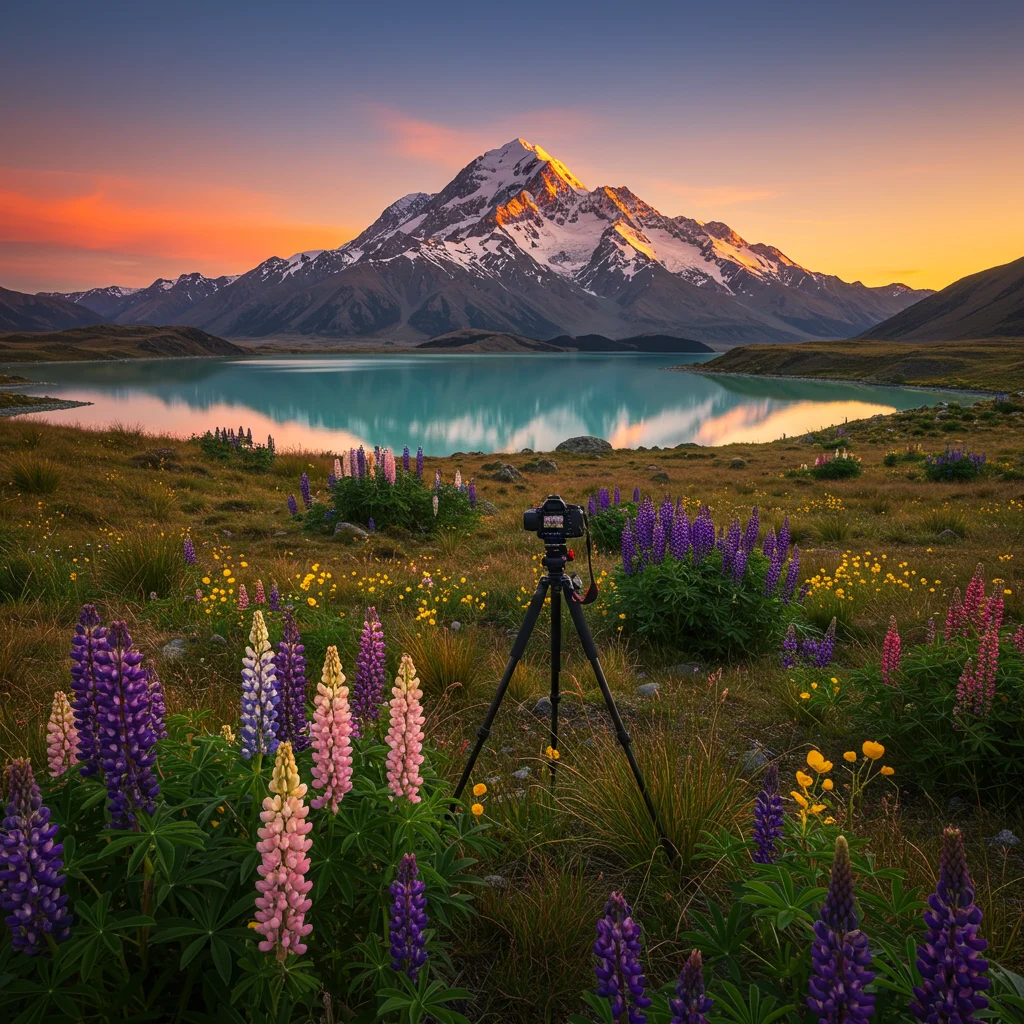
Best Times of Day for Photos
Early morning and late afternoon provide the softest, most flattering light. Sunrise at Lake Tekapo bathes the water in pastel hues, while sunset at Mt Cook creates fiery alpenglow on the peaks.
Midday sun can be harsh, but clouds and shifting weather often add drama to the landscape.
Recommended Camera Settings
To capture vivid blues and crisp mountain detail, use a polarizing filter and a low ISO for minimal noise. Aperture priority mode (f/8–f/11) ensures sharp foregrounds and backgrounds.
For night sky photography, a tripod and wide-angle lens are essential. Use a high ISO and long exposure to reveal the Milky Way.
Wildlife and Landscape Photography Tips
Patience and observation are key for wildlife shots. Move quietly, avoid sudden movements, and use a zoom lens to photograph birds or deer from a respectful distance.
For sweeping landscapes, include foreground elements such as rocks, flowers, or water to create depth and scale. If you enjoy scenic photography, you may also appreciate our advice for capturing morning and afternoon views on Sydney Harbour cruises.
Frequently Asked Questions About the Tour
Here we address some of the most common queries about the Mt Cook via Tekapo day tour.
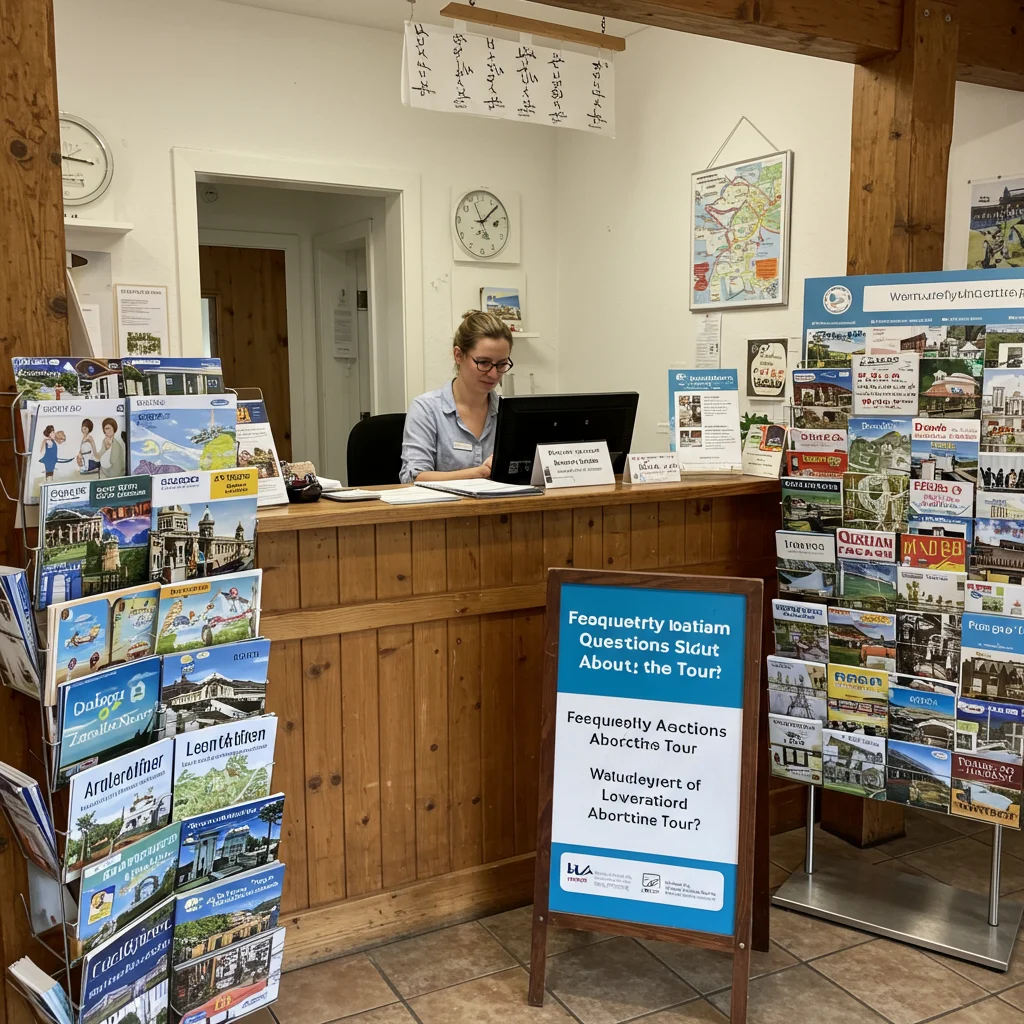
Is the Tour Suitable for Families and Children?
Yes, the tour is family-friendly and suitable for children who enjoy travel and nature. Short walks and regular stops make the itinerary manageable for all ages.
What Is the Cancellation Policy?
Most operators offer flexible cancellation policies, often allowing changes or refunds up to 24–48 hours before departure. Always confirm the specific terms at the time of booking.
How Long Is the Total Day Tour?
The tour typically lasts 12–13 hours, including travel, sightseeing, meal breaks, and return to Christchurch. While it is a long day, the variety of stops and activities keeps the experience engaging throughout.
Return Journey: Heading Back to Christchurch
The return drive retraces your route through the Mackenzie Basin, with the landscape shifting as the sun dips lower in the sky. Golden light bathes the hills, and the lakes shimmer with the last rays of daylight.
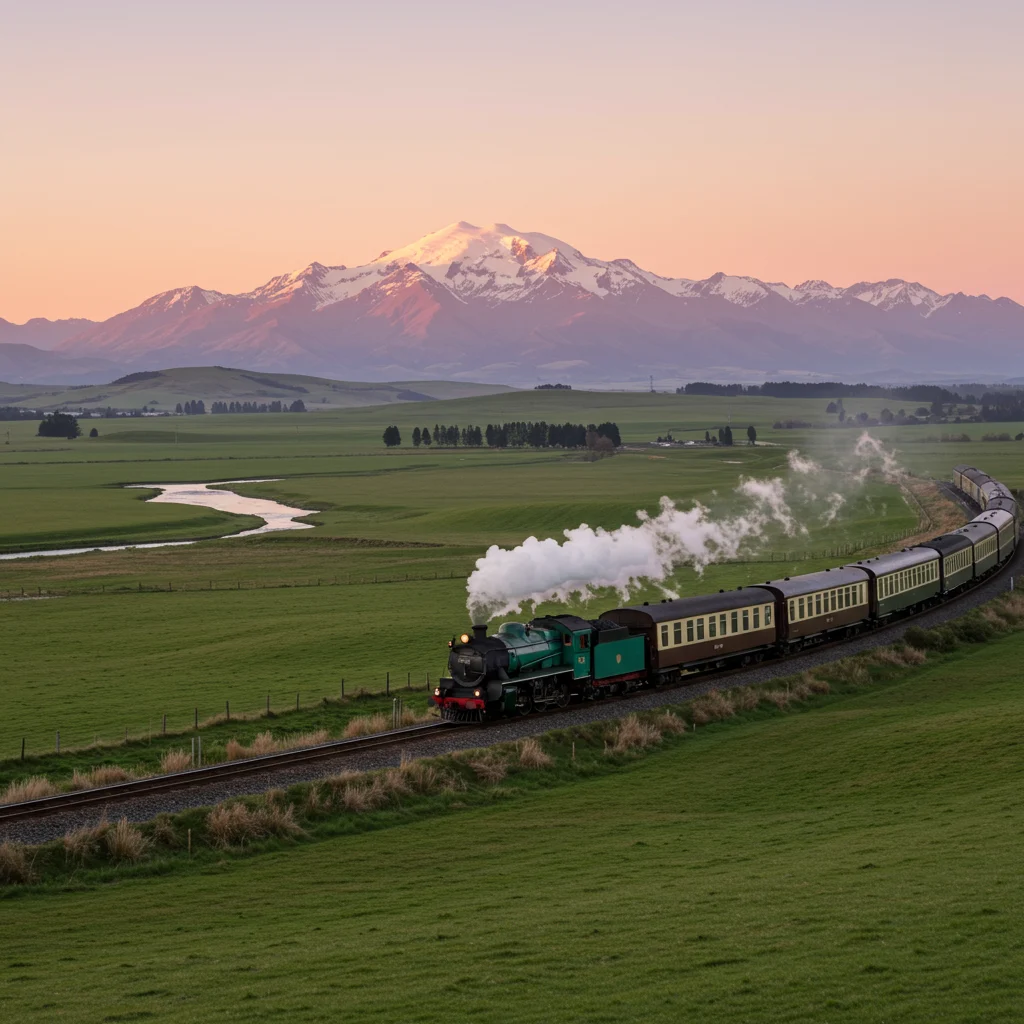
Your guide may share final stories or suggest a playlist for the ride home, creating a relaxed, contented mood as the group reflects on the day’s highlights.
What Sights Can You See on the Return Trip?
Occasionally, the itinerary includes a short detour or bonus stop, such as a viewpoint over the Canterbury Plains or a visit to a local farm shop. The changing colors of the sky and landscape provide fresh photo opportunities on the way back.
Evening Drop-Off and Final Thoughts
Arriving in Christchurch, you are dropped off at your original pickup point. Tired but happy, you carry home not only photos but also lasting memories of an extraordinary day.
Customer Reviews and Testimonials
Feedback from past travelers consistently highlights the beauty of the route, the professionalism of the guides, and the camaraderie of small group travel.

What Do Past Travelers Say?
Many guests mention the stunning scenery, well-timed stops, and the knowledge shared by guides. Phrases like “once-in-a-lifetime experience” and “breathtaking views” appear frequently in reviews.
How Can You Share Your Experience?
After your tour, you can share reviews on the booking platform, social media, or travel forums. Your insights help future travelers choose the right experience and inspire others to visit this remarkable part of New Zealand.
For inspiration on sharing travel stories, see how guests describe their adventures in our Hilo shore excursion review.
Tips for Making the Most of Your Mt Cook via Tekapo Day Tour
A few simple strategies can help you maximize enjoyment and create lasting connections during your journey.
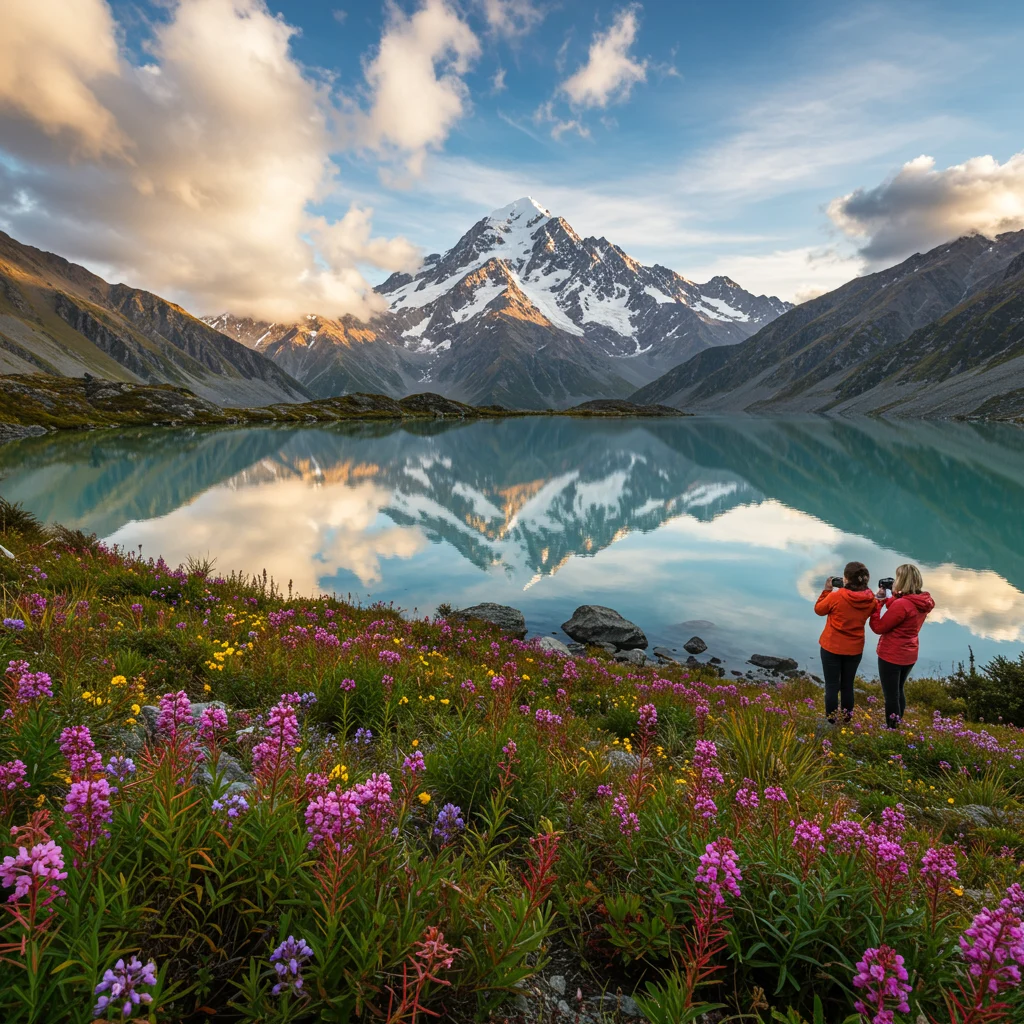
Maximizing Your Time at Each Stop
Listen to your guide’s timing advice and prioritize the sights that matter most to you. Charge your devices in advance, and keep essentials like snacks, water, and a camera within easy reach.
Connecting With Fellow Travelers
Introduce yourself to others in the group, share stories, and offer to take photos for one another. Small group tours are a wonderful way to meet like-minded adventurers and form new friendships.
How to Book on Viator
Booking your Mt Cook via Tekapo day tour is quick and secure through Viator. Simply search for your preferred dates, select the tour, and complete your reservation with a few clicks.

Viator’s platform allows you to plan your trip confidently, with access to verified reviews and customer support. Booking ahead secures your place and ensures you do not miss out on this popular adventure.
Conclusion: Is the Mt Cook via Tekapo Day Tour Right for You?
A day tour from Christchurch to Mt Cook via Tekapo blends natural beauty, cultural history, and the joy of shared discovery. Whether you are a photographer, nature lover, or simply seeking a memorable escape from the city, this journey delivers breathtaking moments and new perspectives.
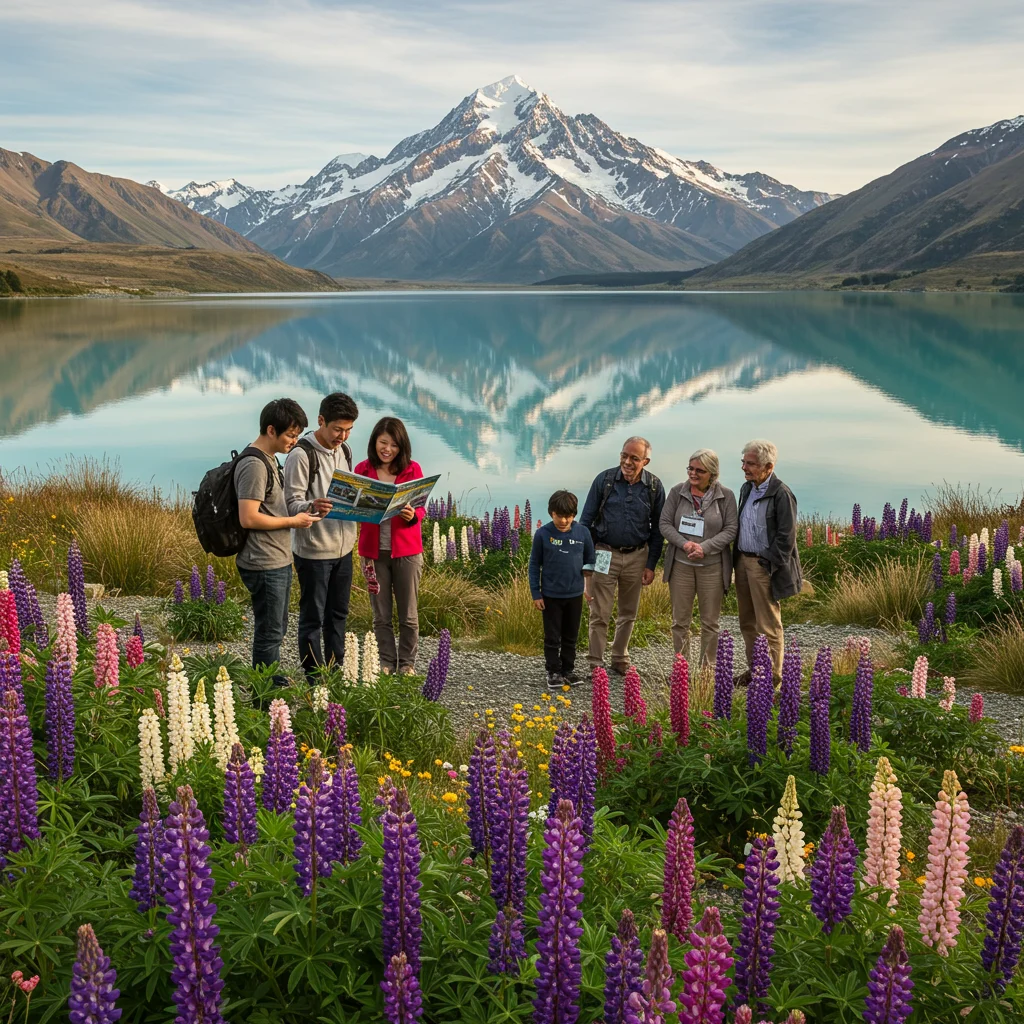
At Izase, we believe in the power of travel to inspire and connect. For more resources, inspiration, and expert travel advice, visit Izase.
Disclaimer: This information is accurate to the best of our knowledge; however, there may be changes or mistakes. Please verify exact details on the Viator booking page.

